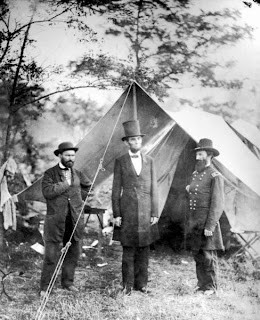There's a famous T.S. Eliot poem, you know, called "The Wasteland" it starts off like this:
April is the cruelest month, breeding
Lilacs out of the dead land, mixing
Memory and desire, stirring
Dull roots with spring rain.
Winter kept us warm, covering
Earth in forgetful snow, feeding
A little life with dried tubers.
Though it's May, the poem's message is still pretty darn relevant. It's about resurrection... how Spring sort of forced the people in the poem to come to terms with the problems in their lives because of the hope for a new life that it brought them. April is cruel in its beauty. I guess there is something to the Son of God being born again in Spring. :P
I sort of feel like this happens to me every year during this time. Instead of having seasonal sadness when winter hits like a lot of people do, I have a life re-evaluation every spring and I can tell ya it ain't always pleasant to see that what I'm doing with my life in the present isn't exactly helping me to where I want to be in the future. Don't get me wrong, I'm so incredibly blessed, but sometimes I make the same mistakes over and over, without seeming to learn from them or change.
Spring comes around and I sort of go through this mini stress attack from a culmination of finals, a change in the seasons, a change in lifestyle/setting (whether that be from moving back home after staying in school and leaving a lot of people behind in the process) or getting used to a different schedule and pace to my life. And this year is no different. This sort of "Spring Cleaning" approach I'm talking to my life, has not been going so smoothly... it seems to have left me with more doubts than assurance. Though I've been getting much better about not letting the little stuff get to me, I still have a few things I need to learn to let go of.
On that note -- I'm seriously considering for the first time practicing meditation. I'll let you know how that goes.. :P





























